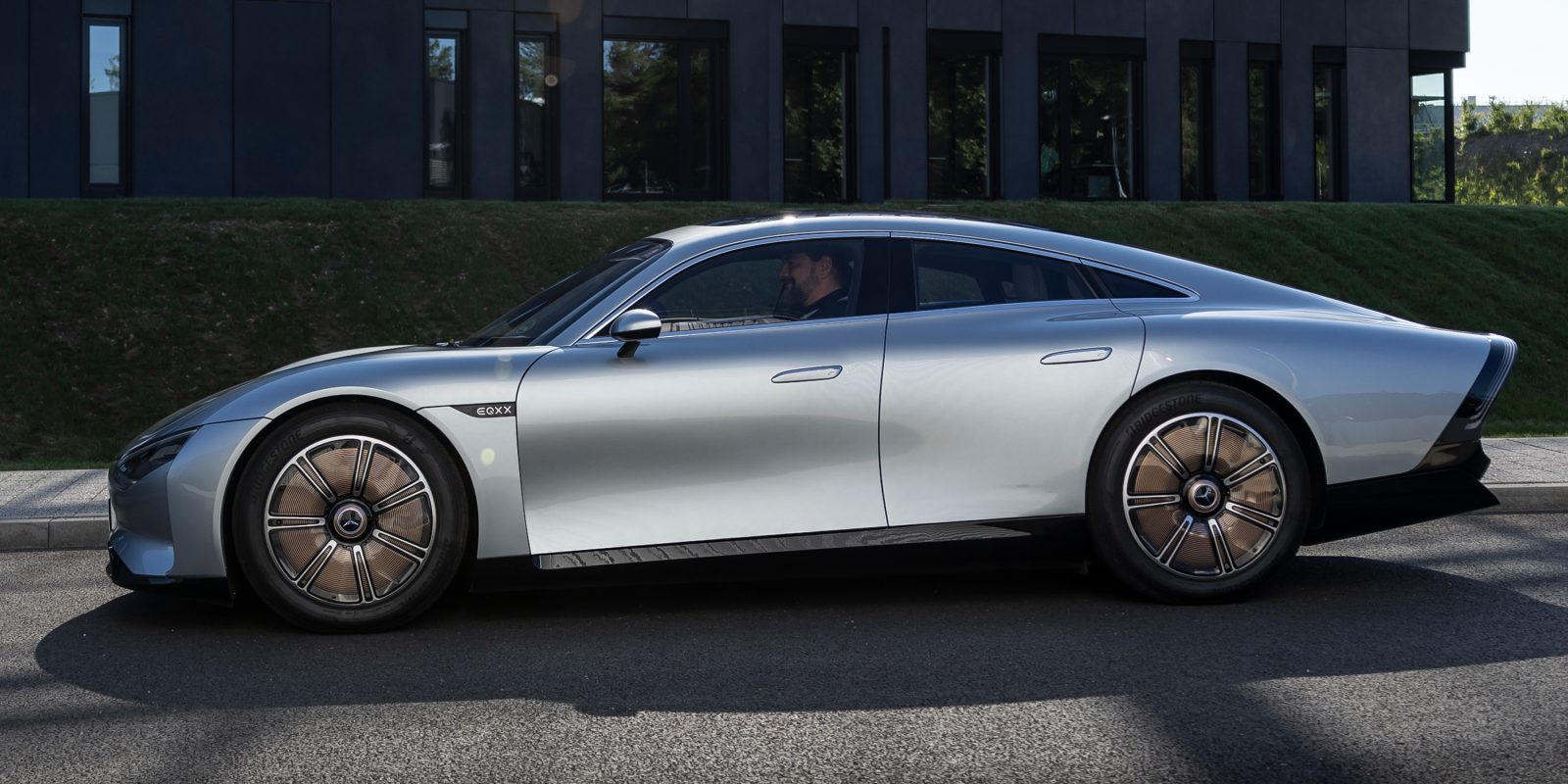
There’s exactly one Mercedes EQXX in existence, and we had the good fortune to be able to drive it around a test track in Southern Germany this week. This is a special car for a number of reasons, but in a nutshell, it is a 100kWh ultra high efficiency EV with a slippery .17 coefficient of drag and 600W of solar panels on top.
One look at the Mercedes EQXX, and it is pretty clear that a lot of thought went into the design, both inside and out. This wasn’t just designed to be ultra-efficient, it is designed to be a show car – one that exudes the future of the Mercedes brand.
Leaving the form factor alone for a minute and focusing on function, this is considered a solar car, very similar to the Lightyear being developed for sale in the Netherlands by Dutch entrepreneurs.
The rooftop and back window area are full of solar panels. Mercedes engineers told me they could have made the front hood and rear and side panels solar as well, but it wouldn’t have looked like a car – specifically, a Mercedes. Also the benefits of having that much solar versus the extra weight of the panels and wiring might have made the benefits moot. The solar panels only convert into 12V power and don’t go to the 900 Volt drive system – another weight savings measure. But also, you can throw the dream away of coming back to your car after leaving it in the sun for weeks to a full high capacity battery.
Basically, the best you can hope for here from a solar perspective is that the sun powers all of the internal 12V systems. The 920V system, which not only includes the drive train but also the heat pump, has to be powered from batteries.
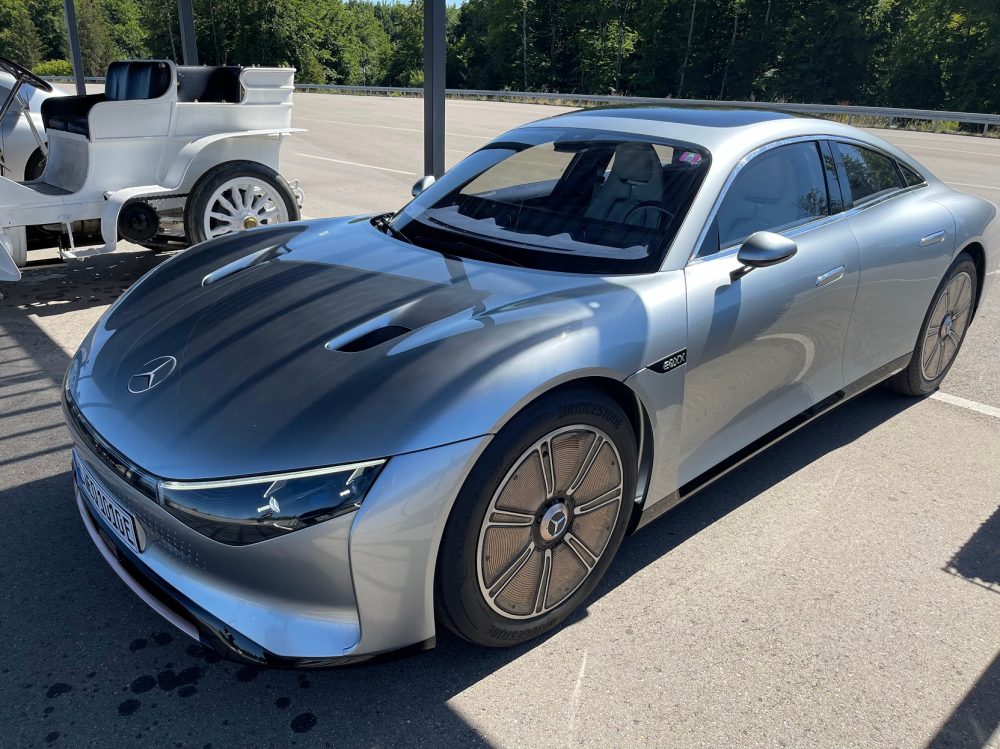
EQXX Drag of .17 is a big outlier
Drag is the amount of force exerted on a vehicle by the air flow, and it is measured by a “coefficient of drag,” with lower numbers meaning that the car slips through the air better. As speed increases, drag becomes more important and a larger percentage of the overall loss of energy. A Hummer or Land Rover Defender will have a high .6 score, a typical car will be .3 – .4, and a highly aerodynamic car will be .2 – .3.
Even compared to the similar-shaped Lightyear One’s .19 cD, the EQXX drag is on another level – more impressive still is that it was achieved while not requiring a rear wheel bay cover like other low drag car designs such as LightYear, the GM EV1 or the Volkswagon XL1 pictured below; all with a drag coefficient of .19.
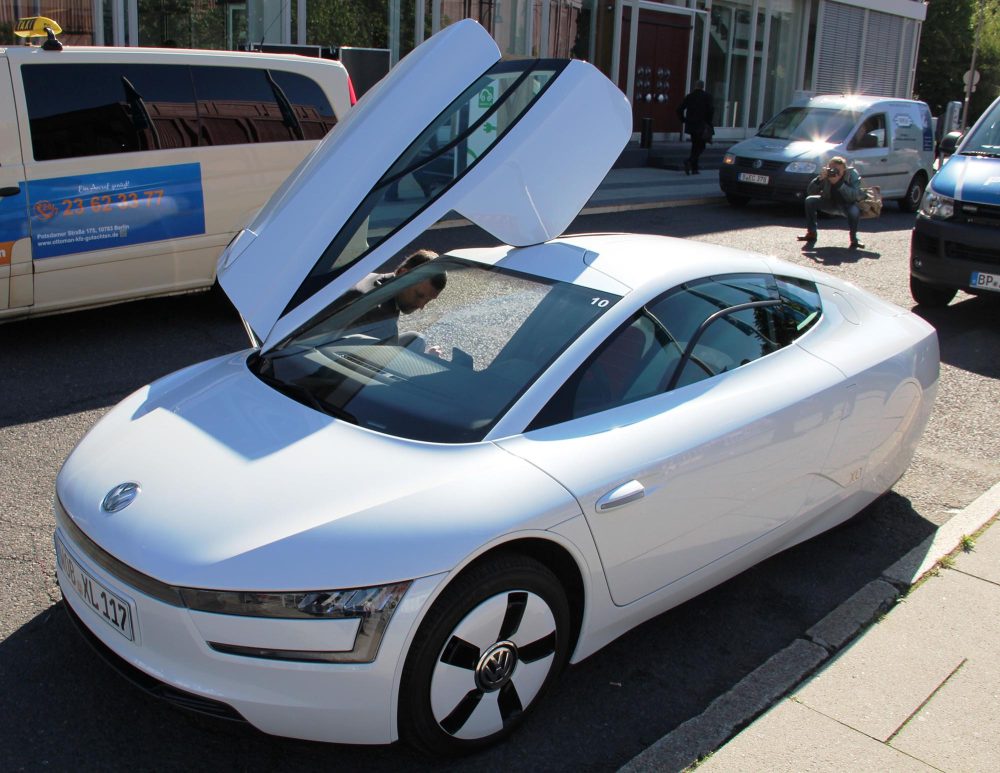
Other famously low drag cars are the Tesla Model S Plaid with a .21 score and Mercedes’ own EQS with a score of .20.
One way to overcome the drag was to build ducts for “air curtains” that envelop the front wheels, then send that air through the the side of the car with additional ducts aft the front wheels. On the hood, there are two additional ducts that take air from closable intakes from the front of the car and spit them out over the top of the car after using the air for temperature control.
Interestingly, the special high density silicon anode batteries don’t need active cooling, instead relying on the long smooth underbody as a heat sink. That not only saves energy in cooling and pumping fluid, but also saves in weight.
Interestingly, Mercedes went with traditional side mirrors rather than cameras, noting that their side mirrors were the slipperiest ever. A side effect of that is a tiny mirror surface, which combined with a solar panel covering where the rear window would have provided lackluster rear visibility.

EQXX low rolling resistance
Air drag is about 2/3rds of the energy use of a car overall – and more as speed increases – but it isn’t the only factor. Rolling resistance caused by tires meeting the road and other mechanical friction within the car also can account for up to 20% of the force needed to propel the car. Mercedes engineers gave the EQXX ultra thin tires to overcome some of this and spent a lot of time making sure friction could be eliminated on every moving part. The smaller tires will have some affect on handling, particularly on slippery surfaces.
EQXX High voltage – thinner wires, less resistance, lower weight
While most EVs including Mercedes current lineup of electric vehicles use 400V systems, the EQXX uses a 920 Volt system. According to Ohm’s law, higher voltages mean lower resistance and the ability to use thinner, lighter wiring. An added benefit would be faster charging, but Mercedes decided to keep the charging amperage relatively low so it didn’t have to add the weight of a battery cooling system that would need to cool fast charging cells. Still, the high voltage means lower weight and power loss.
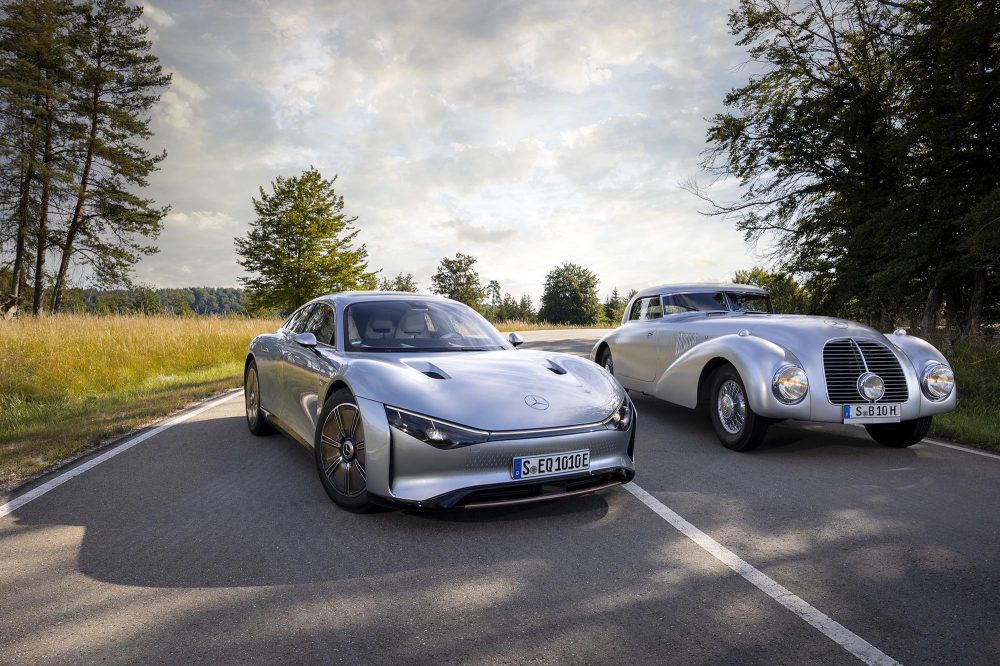
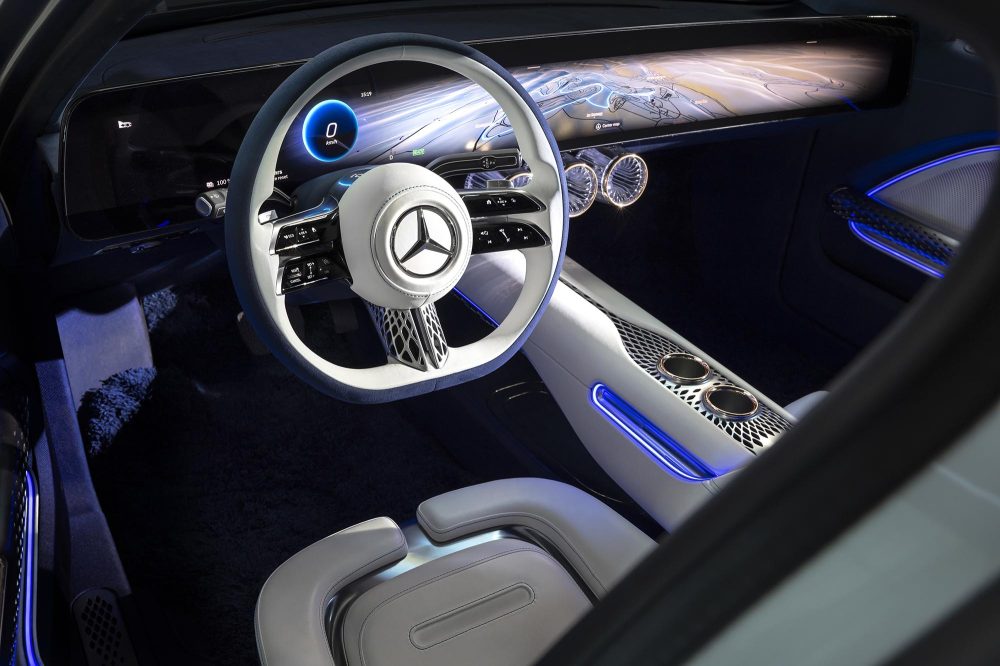
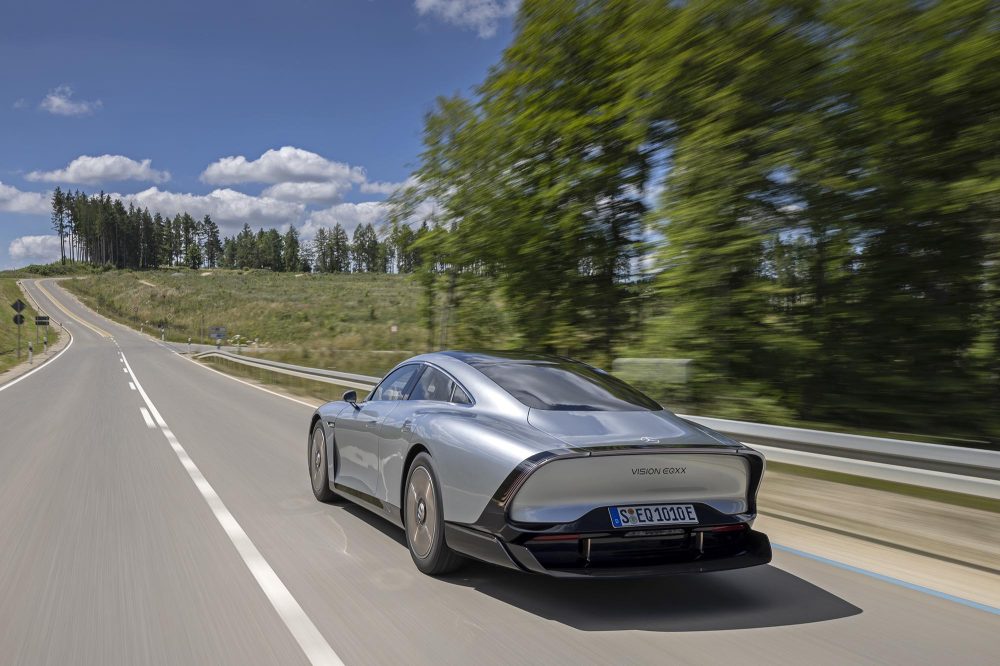
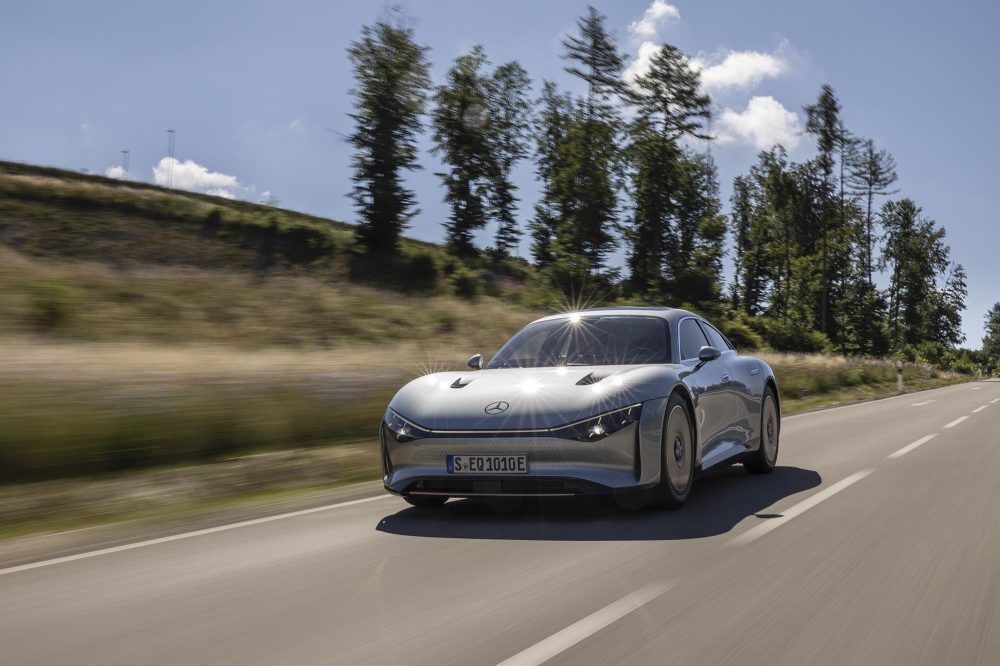
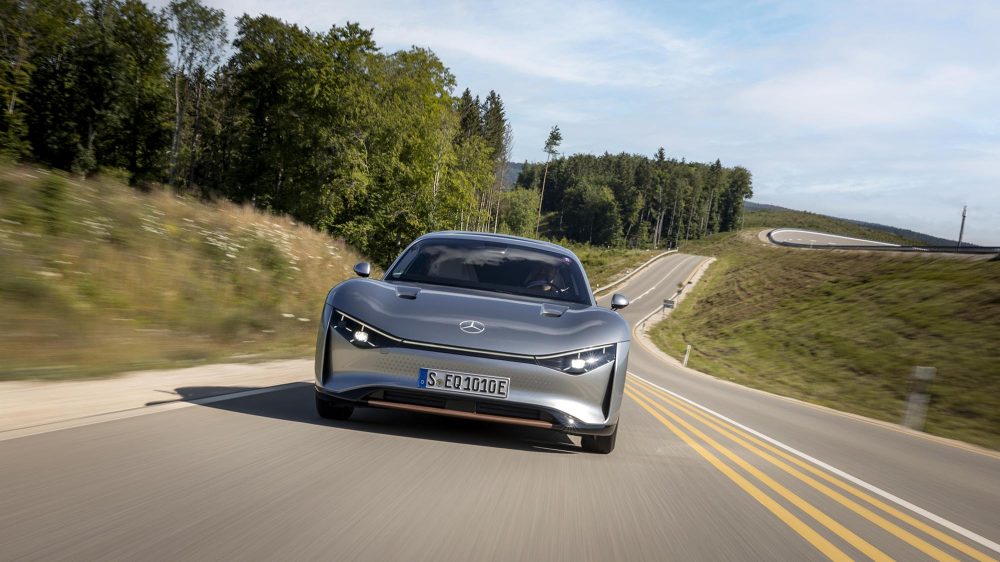
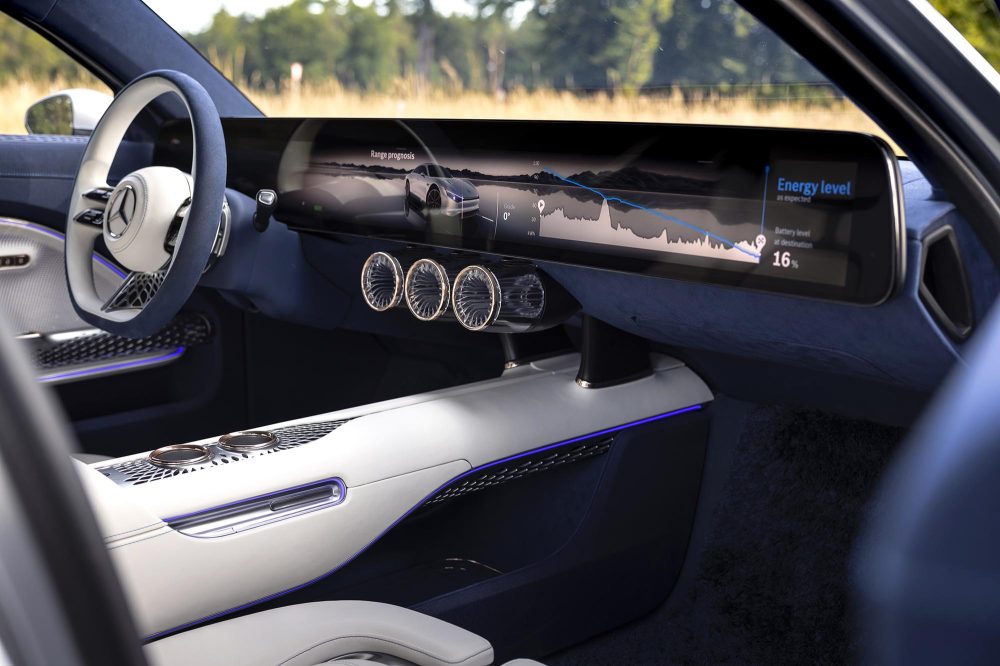
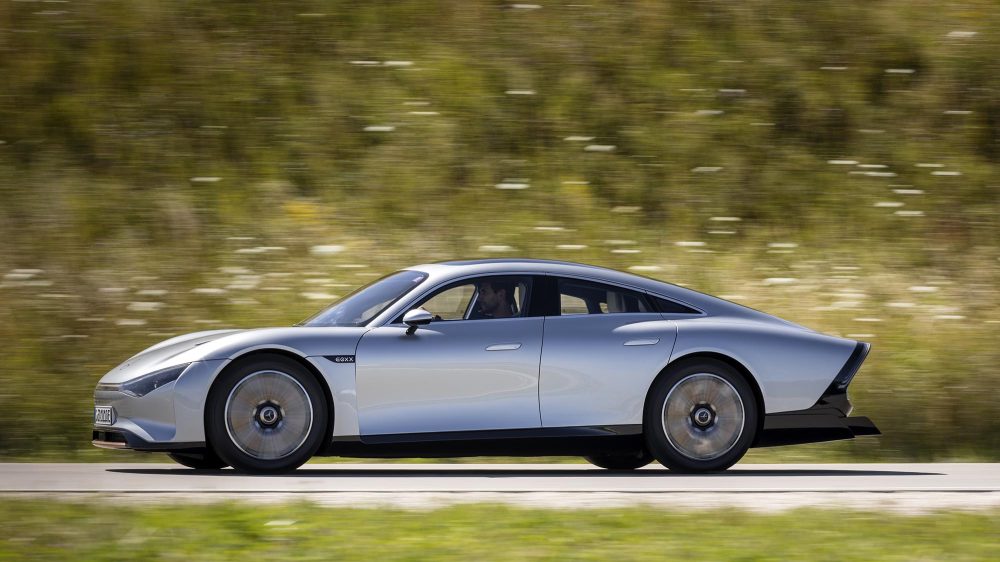
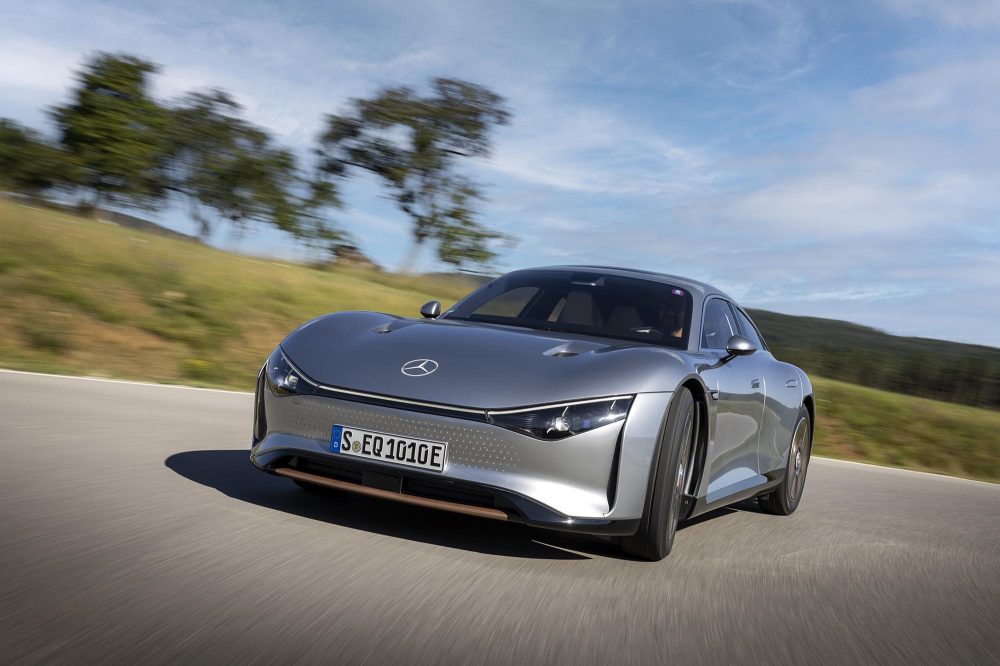
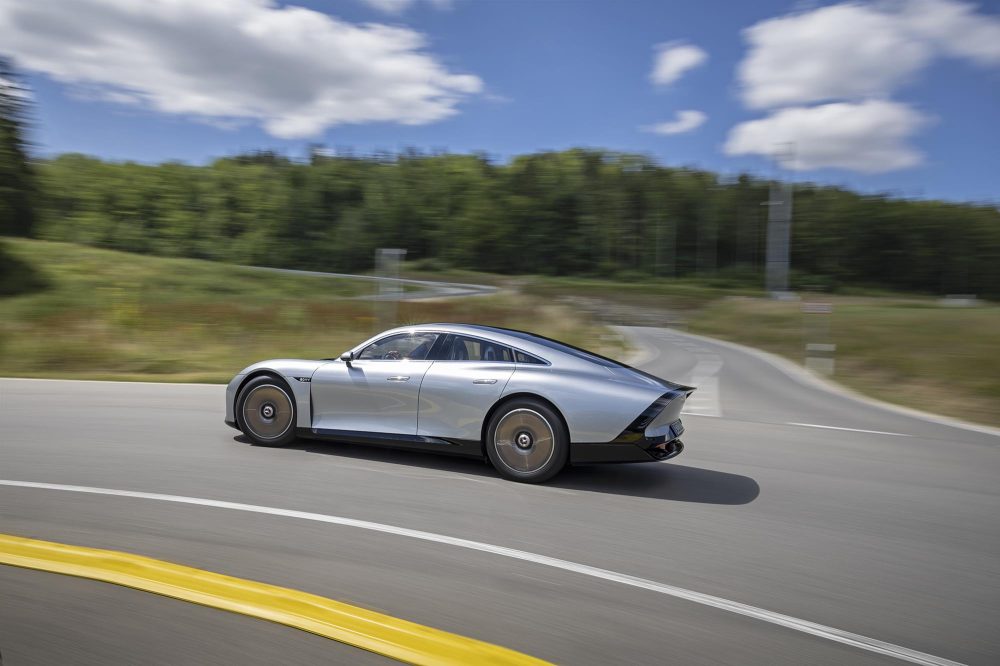
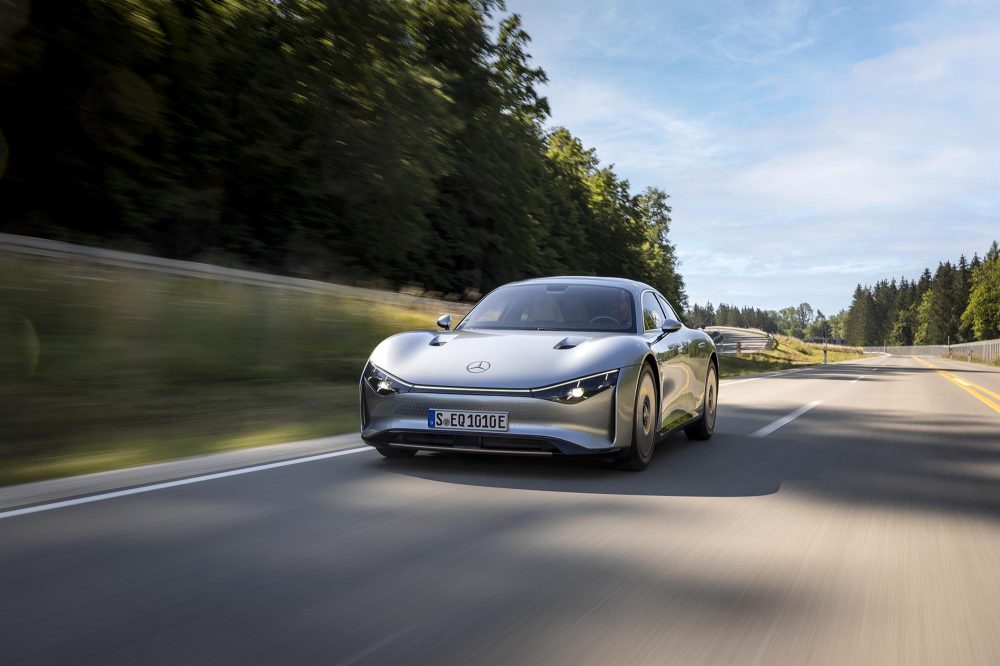
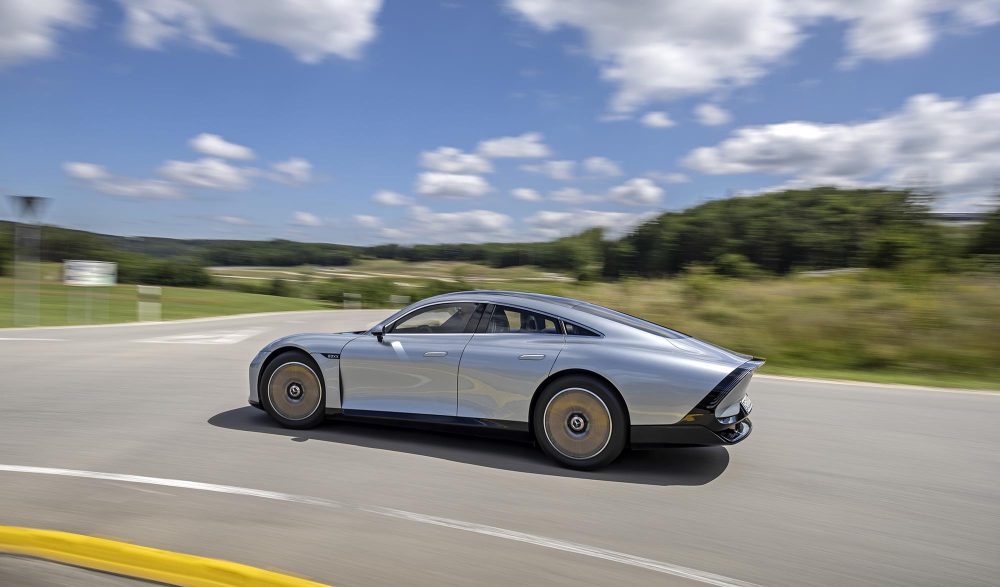

Light weight and huge battery mean low power, low charging
Because the EQXX is 1755kg/3900lbs “light” and very slippery through the air, it means that a lot less power is required to push it forward. With just an 180kW motor, the EQXX is able to “rocket” forward to 100km/h in under 7 seconds. The top speed is also unremarkable at under 90mph or 140km/h. These low bars are power and heat saving measures.
Similarly, EQXX only charges at 140kW. I say “only” because the 100kWh 920V system could easily do double that power with a robust (and therefore heavy) cooling system. But because every watt-hour of power added takes the EQXX more than double the range of most EVs, the net result is a whopping 186 miles of range in just 15 minutes (not that charging is something this thing needs to do often).
EQXX Drive
Mercedes put together a lap at their Immendingen proving grounds to challenge journalists to see how low a KWh/Km score we could achieve; we first got a ride around the track in an EQB outfitted with the EQB drive train called “EMMA”. It felt very prototype-y and noisey, but got us used to the various regen levels and the track.
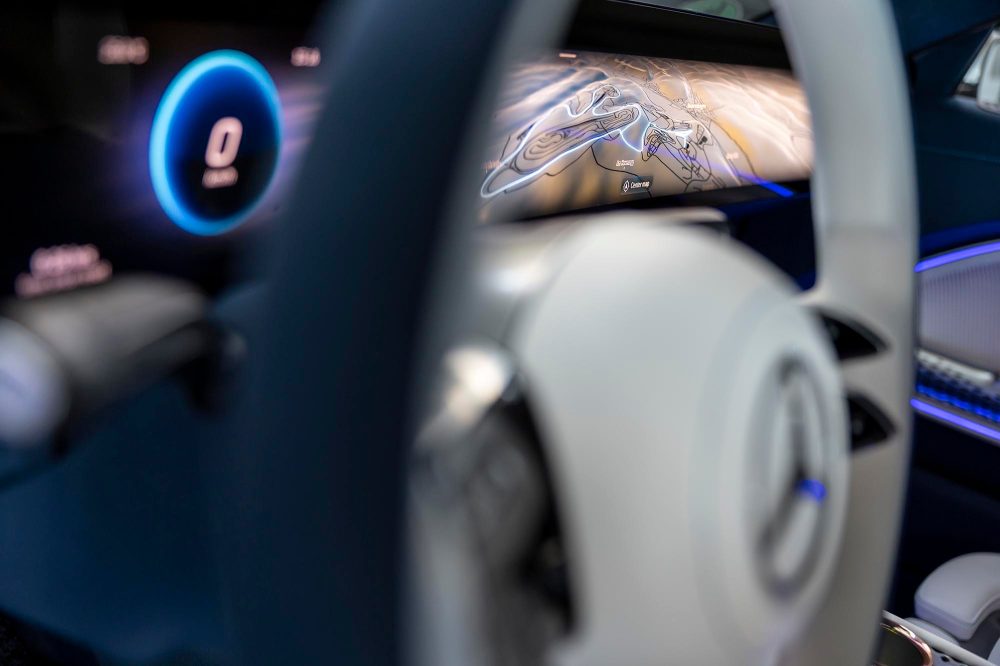
Then we got into the EQXX.
The vehicle itself is quite small inside, and I clonked my head getting in; it feels quite low to the ground and the track felt particularly rough for a Mercedes, probably because of the narrow tires. The interior is modern and lovely and feels very “EQ” with white accents and neon lighting. There’s a loop door handle and a shag carpet, and all of the materials are made from nice things like sponges and mushrooms.
The EQXX drives very easily.
The huge screen inside seems like it would be a massive battery suck, but it is an OLED display ,which actually turns off the LED lighting in its black backgrounds. It looks quite amazing, particularly with some of the unique driving dynamics UI Mercedes built.
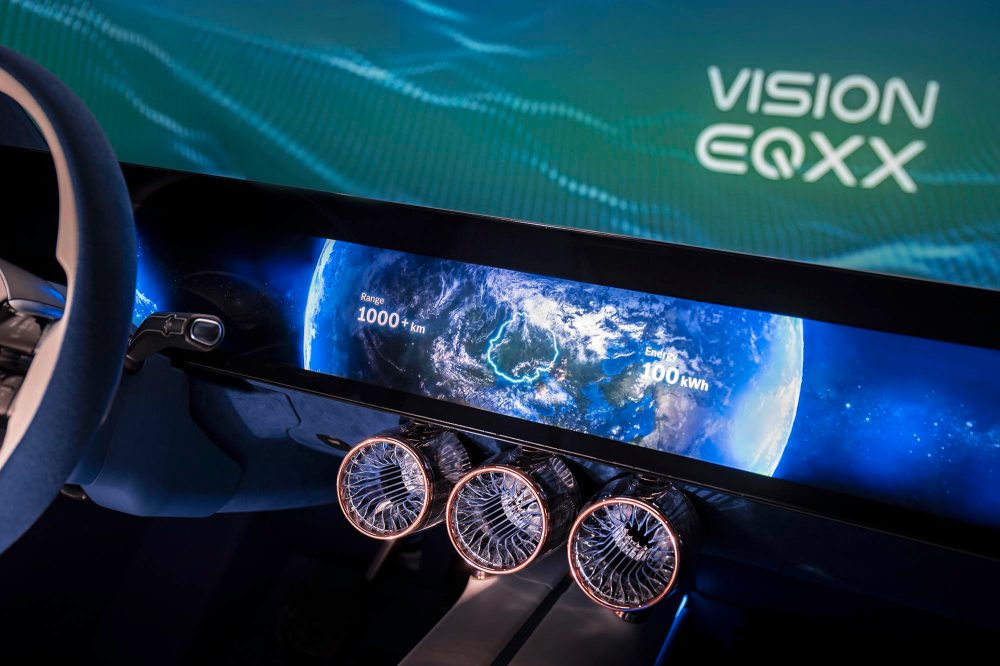
Some of the cooler menus would show us where the sun was and how much power it was providing. There’s also a lot of hypermiling nerd porn there letting the driver know how much power is being used in various ways.

Mercedes engineers got around 8.5kwh/100km on their EQXX test drives on real roads and highways from Stuttgart to Casis in France and Goodwood in England. With my one-pedal driving experience over ten years of driving EVs, I thought I could set a record. Unfortunately, I encountered two stops during the drive for other cars on the track and only ended up in the middle of the pack with an 8kWh/100km total. For this, I got a participation (!!) trophy certificate. Touche´.
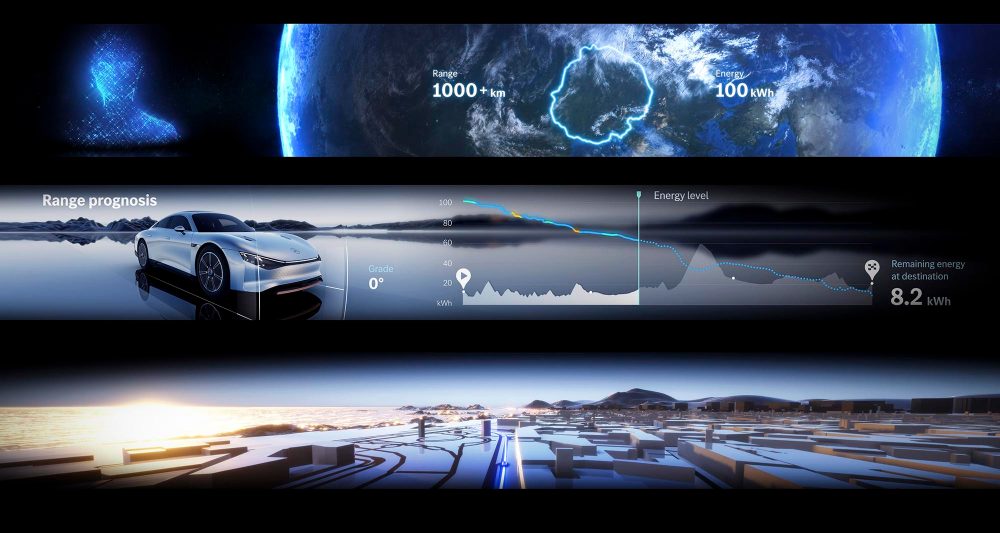
EQXX –not for sale, but Mercedes engineers want it to be a product
The EQXX was built to be not only a technology demonstration for the world, but to also inform the company what was possible for internal electric vehicles to come. Every engineer I spoke to said it was a learning experience that would make it to other vehicles. So both internally and externally, the EQXX was a big winner.
But more than one engineer asked me to try to rally public support to make the EQXX an actual product.
That got me thinking.
What would you need to do to the EQXX to make it a producible car – a thought experiment:
- I would chop the battery in half to ~50kWh. That would also cut considerable weight not just in battery, but also frame and components, making it even more efficient. So instead of 750 miles of range, we’ll say 420 miles. Also would cut a lot of cost.
- That means at 140kW charging speed, you’d be well over 200 miles in 15 minutes
- Screw it – put solar panels all over the car and make those panels able to charge the 920V pack and push the motors. Instead of 600W peak, we’re now at over 1000W. Closer to 70km of range per day just from the sun. Park the car in the sun for a week at the airport? Come back to a full battery.
- Much lighter weight but same motor means faster 5+ second 0-60 time.
I am starting to realize I’m building a $250K Lightyear Zero, or perhaps with Mercedes experience, something a little faster, better and…cheaper? Maybe Mercedes should keep an eye on that Dutch team to the north. And vice versa!
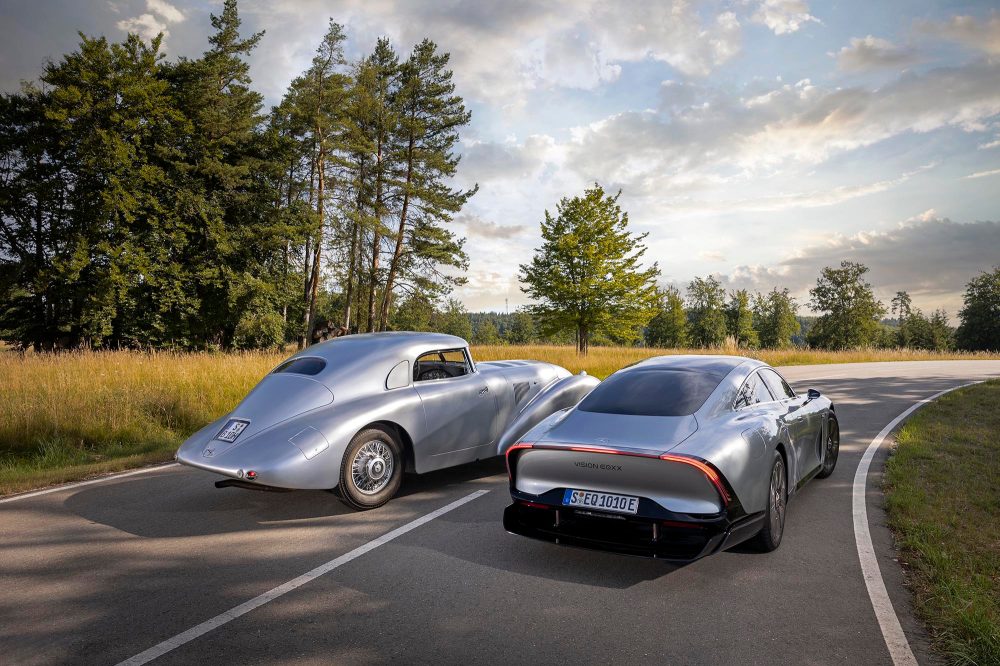
FTC: We use income earning auto affiliate links. More.



Comments